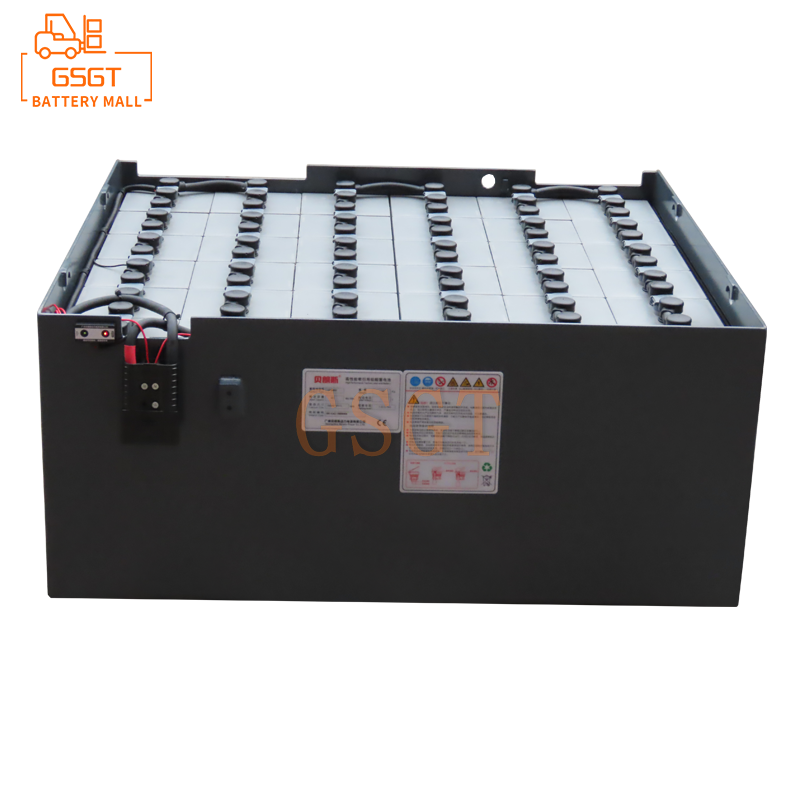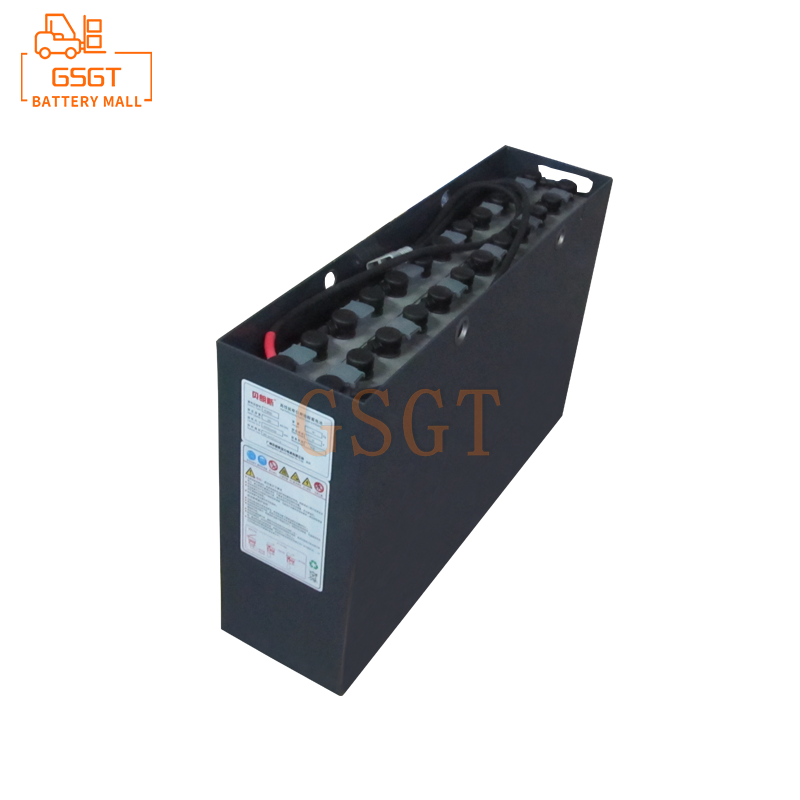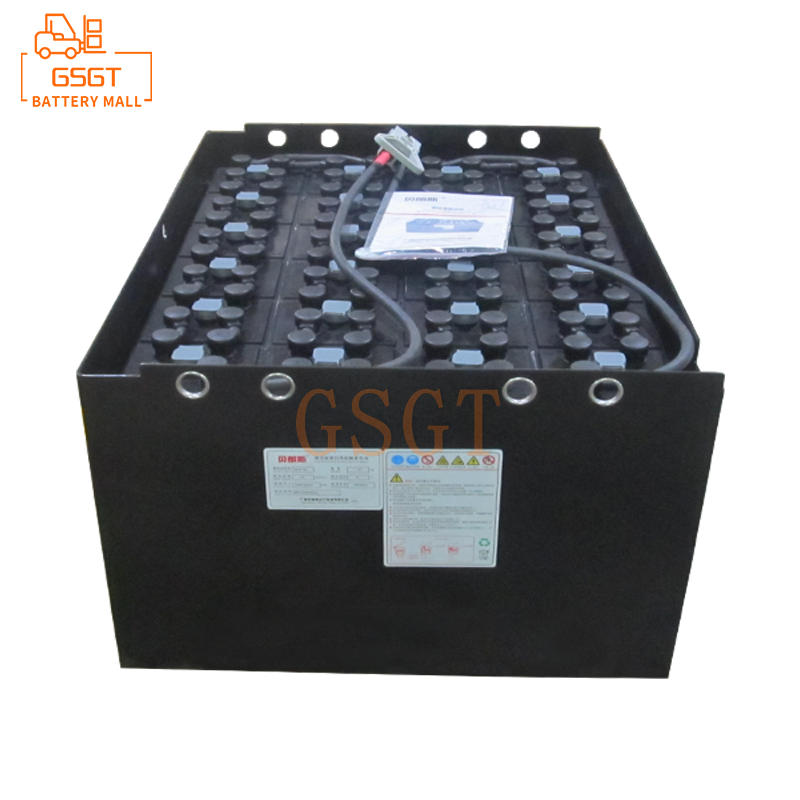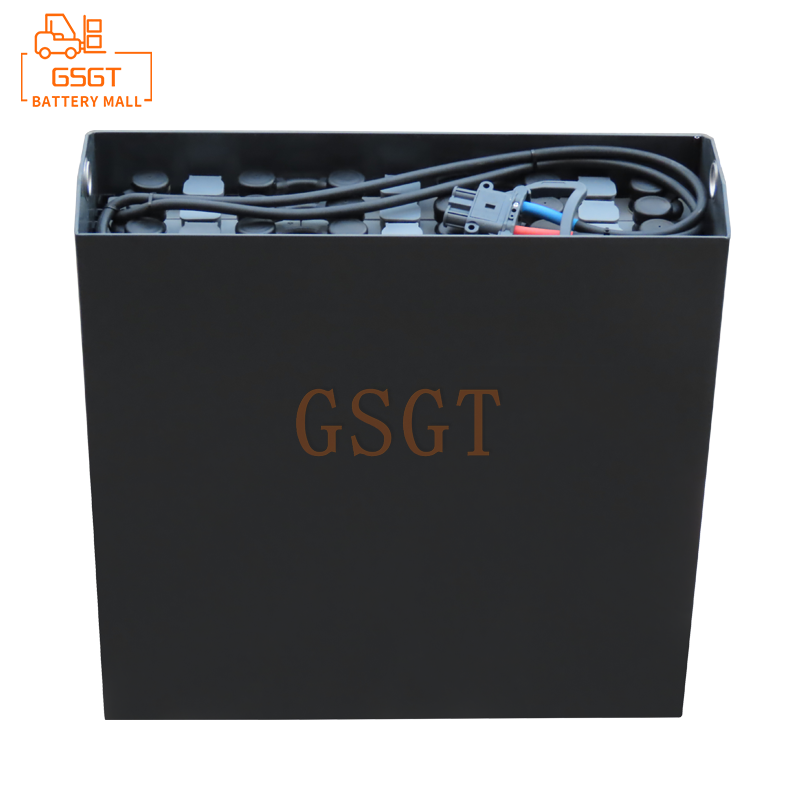Time:2025-05-29 08:43:00
Browse:592
Introduction
In modern logistics and industrial production, forklifts, as key material handling equipment, their operational efficiency directly affects the entire operation process. Forklift lead-acid batteries, as the main power source of forklifts, are widely used in many application scenarios due to their advantages such as mature technology, low cost, and good high-power discharge performance. However, the actual working environment is complex and diverse. Forklifts often encounter extreme conditions such as high temperature, low temperature, high humidity, and high altitude. These environmental factors have a significant impact on the performance of lead-acid batteries, and thus are related to the normal operation and operational efficiency of forklifts. A thorough understanding of the performance of forklift lead-acid batteries in extreme environments is of great significance for optimizing forklift usage and enhancing industrial production efficiency.
Performance in extreme high-temperature environments
The impact on battery capacity and lifespan
High temperatures will accelerate the chemical reaction rate inside lead-acid batteries. On the one hand, the lead dioxide active material on the positive plate is prone to softening and shedding at high temperatures, resulting in a reduction in the effective area of the plate and a decrease in battery capacity. Studies show that when the ambient temperature exceeds 40℃, for every 10℃ increase, the battery capacity decreases by approximately 5% to 10%. On the other hand, high temperatures accelerate the evaporation of water in the electrolyte, increase the concentration of sulfuric acid, intensify the corrosion of the plates, and significantly shorten the battery life. Forklift lead-acid batteries that are exposed to high-temperature environments for a long time may have their cycle life shortened by 20% to 50%. For instance, in some outdoor warehouses in hot regions, the service life of forklift lead-acid batteries is significantly shortened during the high-temperature period of summer, and the replacement frequency increases greatly.
Risk analysis of Thermal runaway
In high-temperature environments, if the battery fails to dissipate heat properly, it is prone to cause thermal runaway. As the temperature rises, the heat generated by chemical reactions inside the battery increases. The difficulty in heat dissipation further raises the temperature, creating a vicious cycle. Thermal runaway not only leads to serious damage such as battery swelling, deformation and leakage, but may even cause safety accidents such as fire. When the ambient temperature reaches 50℃ - 60℃ and there are defects in the battery's cooling system, the risk of thermal runaway increases significantly.
Coping strategies in high-temperature environments
Strengthen heat dissipation measures: In the design of forklifts, optimize the ventilation structure of the battery compartment, add cooling fans or heat sinks to promote air circulation and promptly remove the heat generated by the battery. For instance, some new forklifts have adopted forced air cooling systems, which can effectively reduce the battery temperature by 5℃ to 10℃.
Control the charging temperature: Use a charger with temperature compensation function. When the ambient temperature rises, it automatically reduces the charging voltage to prevent overcharging and heat generation. At the same time, try to charge the forklift in a cool and well-ventilated place and avoid direct sunlight on the battery.
Regular maintenance and inspection: Increase the frequency of battery maintenance in high-temperature environments, check the electrolyte level, and replenish distilled water in a timely manner to prevent the electrolyte from drying up. Regularly inspect the condition of the plates to promptly identify and address issues such as plate softening and corrosion.
Performance in extremely low-temperature environments
Capacity attenuation and increased internal resistance
The impact of low temperature on lead-acid batteries is equally significant. Low temperatures will increase the viscosity of the electrolyte and slow down the diffusion rate of ions, resulting in a reduction in the electrochemical reaction rate between the plates and the electrolyte and a significant decline in battery capacity. Under normal circumstances, for every 10℃ drop in temperature, the battery capacity decreases by approximately 10% to 20%. In a low-temperature environment of -20 ℃, the actual available capacity of forklift lead-acid batteries may only be 50% to 60% of that at normal temperature. At the same time, low temperatures will increase the internal resistance of the battery, deteriorate its acceptance capacity during charging, prolong the charging time, and reduce the charging efficiency.
Risk of electrolyte solidification
When the temperature drops to a certain extent, the sulfuric acid solution in the electrolyte may solidify. The solidification of the electrolyte not only makes the battery unable to work properly, but also may cause the battery casing to crack due to the expansion of ice inside, resulting in permanent damage to the battery. The freezing points of electrolytes of different densities vary. Generally speaking, when the ambient temperature is below -30 ℃, the electrolyte of ordinary lead-acid batteries has a relatively high risk of solidification.
Coping strategies in low-temperature environments
Battery preheating technology: A battery preheating device is used to preheat the battery before the forklift starts, raising the battery temperature to the appropriate working range. Common preheating methods include resistance wire heating and heating film heating, etc. For instance, some forklifts are equipped with intelligent battery preheating systems that can automatically activate the preheating function based on the ambient temperature, enabling the battery to quickly reach a normal working state at low temperatures.
Adjust the forklift operation strategy: In a low-temperature environment, arrange the forklift operation tasks reasonably to avoid prolonged continuous high-current discharge. Appropriately reduce the single operation duration of the forklift, increase the charging frequency, and ensure that the battery is always in a good power state to improve the battery's utilization efficiency in low temperatures.
Performance in a high-humidity environment
The corrosion problem has intensified.
High humidity environments are prone to cause corrosion of the lead-acid battery casings and electrode terminals of forklifts. The sulfuric acid mist on the battery surface is prone to form an acidic electrolyte film in high-humidity air, which undergoes chemical reactions with metal components, accelerating the corrosion of the casing and terminals. Corrosion not only affects the integrity of the battery's appearance, but may also lead to poor contact at the terminals, increase resistance, and impact the battery's charging and discharging performance. In an environment where the humidity remains above 80% for a long time, the corrosion rate of the battery casing and terminals significantly accelerates.
The electrical insulation performance has declined
In a high-humidity environment, the electrical insulation performance inside the battery decreases, which may cause an internal short circuit fault in the battery. The intrusion of moisture will cause the performance of the insulating materials inside the battery to decline, resulting in a reduction in the insulation resistance between the positive and negative electrodes and an increased risk of current leakage. When the insulation resistance drops to a certain extent, it will seriously affect the normal operation of the battery and even damage it.
Coping strategies in high-humidity environments
Protective coating application: Apply anti-corrosion coatings such as epoxy resin coatings on the surface of battery casings and terminals to isolate air and moisture and reduce the risk of corrosion. Regularly inspect the integrity of the coating and promptly repair any damaged areas.
Enhance ventilation and dehumidification: Maintain good ventilation in the forklift's working environment and battery compartment to reduce air humidity. Dehumidification devices such as desiccant boxes and small dehumidifiers can be installed in the battery compartment to maintain the relative humidity inside the battery compartment within an appropriate range.
Regular insulation testing: Regularly test the insulation performance inside the battery, using a professional insulation resistance tester to promptly identify and address any decline in insulation performance. If the insulation resistance is found to be too low, the cause should be identified promptly and measures such as drying and replacing insulation materials should be taken to restore the insulation performance.
Performance in high-altitude environments
The influence of air pressure changes on batteries
As the altitude increases, the atmospheric pressure decreases. To balance the air pressure inside a lead-acid battery, gas exchange occurs through a safety valve. In a high-altitude and low-pressure environment, the gas inside the battery is more likely to escape, which leads to an accelerated loss of water in the electrolyte, an increase in sulfuric acid concentration, and affects the chemical reaction equilibrium of the battery, thereby reducing the battery's capacity and lifespan. Studies show that for every 1,000 meters increase in altitude, the battery capacity decreases by approximately 3% to 5%. In areas above 3,000 meters in altitude, the performance degradation of forklift lead-acid batteries is relatively obvious.
Change in heat dissipation characteristics
In high-altitude areas, the air is thin and its heat dissipation capacity weakens. The heat generated by the lead-acid battery of the forklift during operation is difficult to be effectively dissipated through the air, resulting in an increase in battery temperature. High temperatures, in turn, will further intensify the abnormal chemical reactions inside the battery, creating a vicious cycle and causing serious damage to the battery's performance and lifespan.
Coping strategies in high-altitude environments
Adjust the electrolyte formula: For high-altitude environments, appropriately adjust the density and composition of the electrolyte, increase the water content in the electrolyte, and reduce the concentration of sulfuric acid to alleviate the problems of water loss and increased sulfuric acid concentration caused by changes in air pressure.
Optimize heat dissipation design: In the design of forklifts, further optimize the heat dissipation structure of the battery, such as increasing the heat dissipation area and improving the performance of the cooling fan, to enhance the battery's heat dissipation capacity in high-altitude and low-efficiency environments. More efficient heat dissipation methods such as liquid cooling can be adopted to ensure that the battery temperature remains within the normal range.
Regular maintenance and inspection: When using forklift lead-acid batteries in high-altitude areas, it is necessary to strengthen regular maintenance and inspection work. Closely monitor the changes in the liquid level and density of the electrolyte, and replenish water and adjust the parameters of the electrolyte in a timely manner. Regularly check the performance indicators of the battery, such as capacity and internal resistance, and take corresponding maintenance measures in a timely manner based on the test results.
Conclusion
The performance of forklift lead-acid batteries shows obvious changes under different extreme environments. High-temperature environments accelerate the internal chemical reactions of batteries, leading to capacity attenuation, shortened lifespan and an increased risk of thermal runaway. The low-temperature environment causes a significant decrease in battery capacity and an increase in internal resistance, and there is a risk of solidification of the electrolyte. High humidity environments cause corrosion of battery casings and terminals, reducing electrical insulation performance. The high-altitude environment, due to changes in air pressure and heat dissipation characteristics, affects the chemical reaction equilibrium and temperature control of batteries. In response to the challenges brought by these extreme environments, a series of effective countermeasures such as enhancing heat dissipation, preheating the battery, applying protective coatings, and adjusting the electrolyte formula can be adopted to a certain extent to improve the performance of lead-acid batteries, extend their service life, and ensure the reliable operation of forklifts in extreme conditions. In practical applications, users should comprehensively consider and reasonably apply these strategies based on the specific environmental conditions where the forklift is located, in order to enhance the operational efficiency of the forklift and reduce operating costs. In the future, with the continuous development of materials science and battery technology, it is expected that forklift lead-acid batteries with more outstanding performance and stronger adaptability to extreme environments will be developed, further promoting the development of industrial production and the logistics industry.

$4045

$1060

$5140

$1200

MESSAGE
Professional And Efficient
Security
Affordable Price
Professional Services